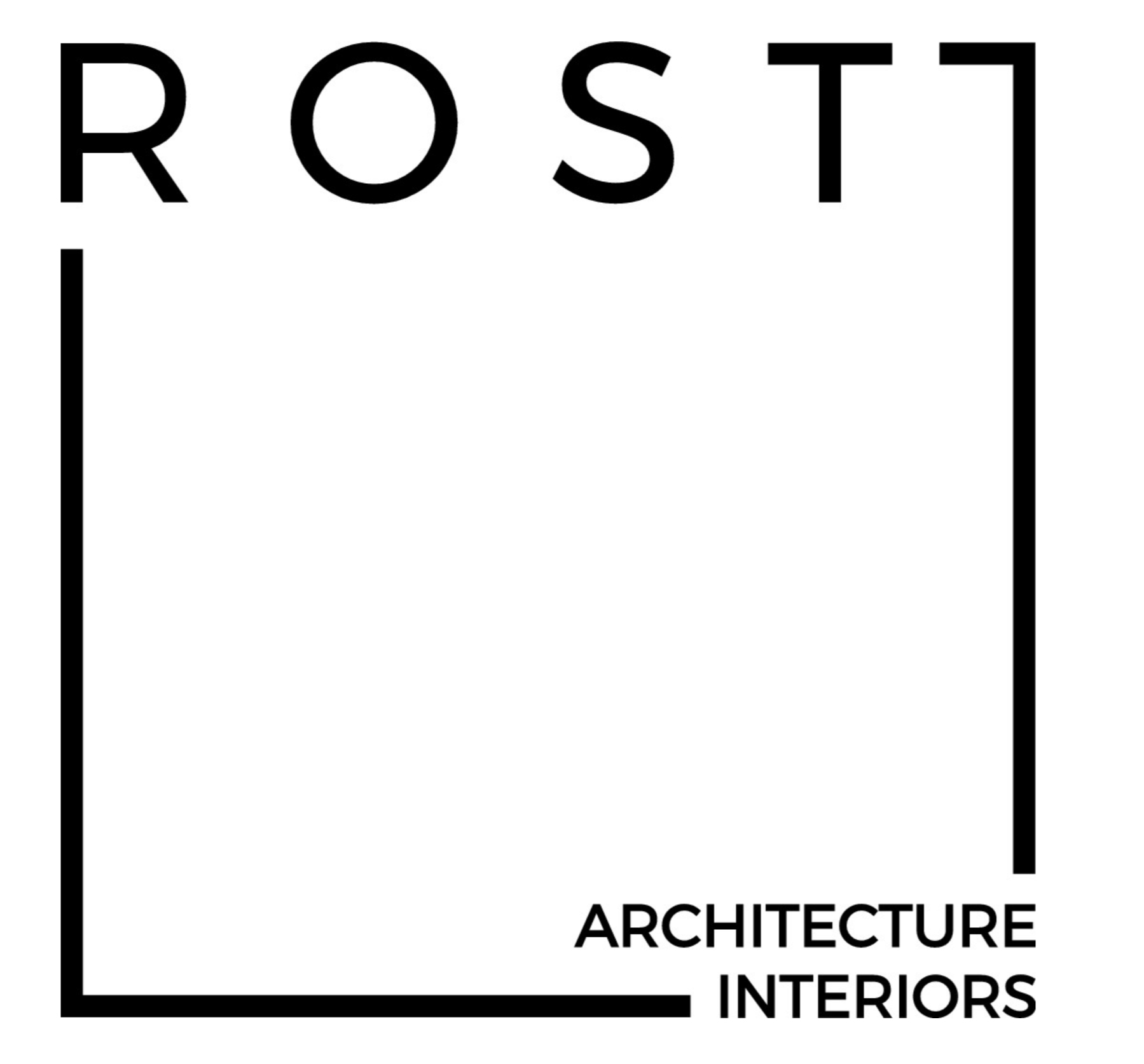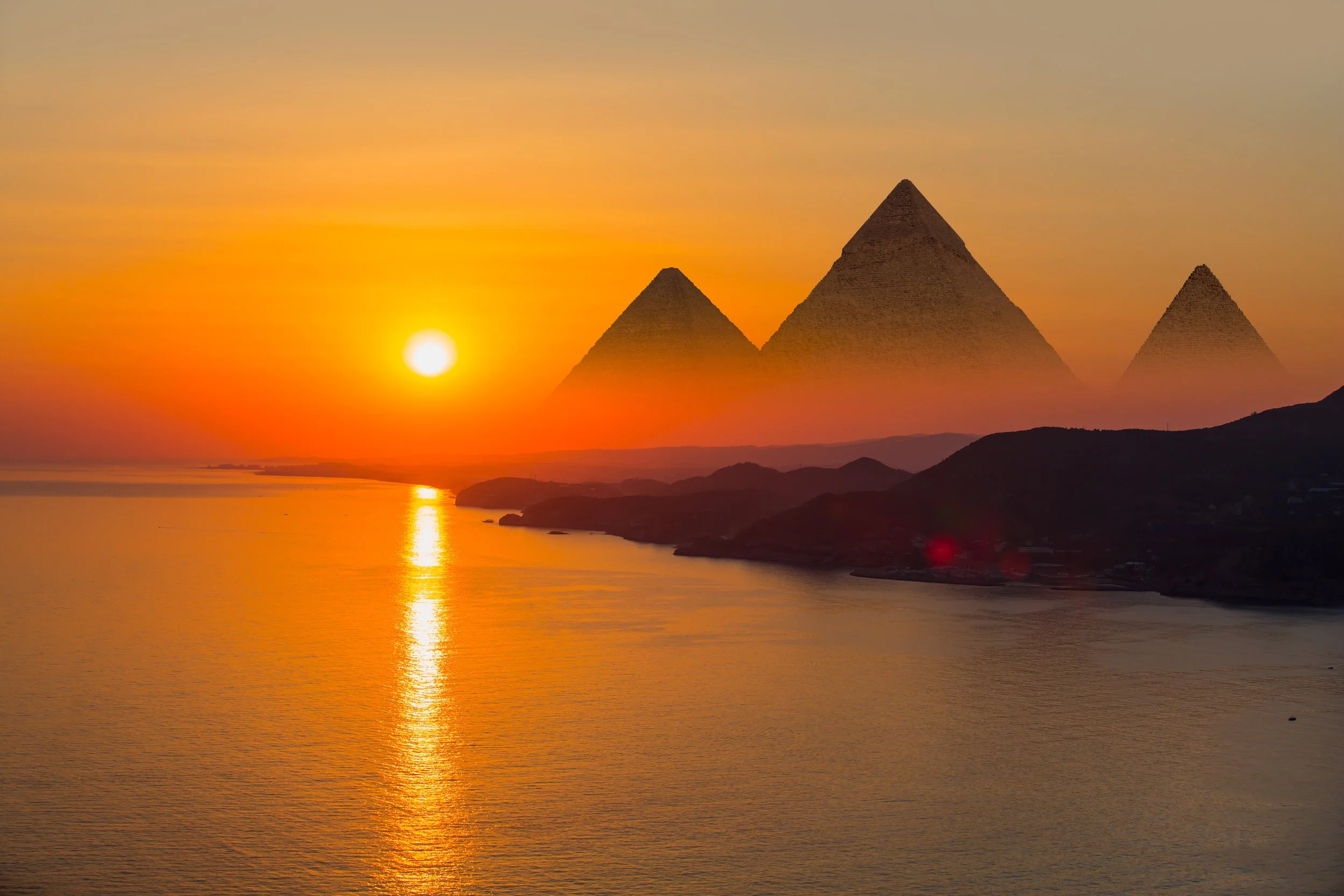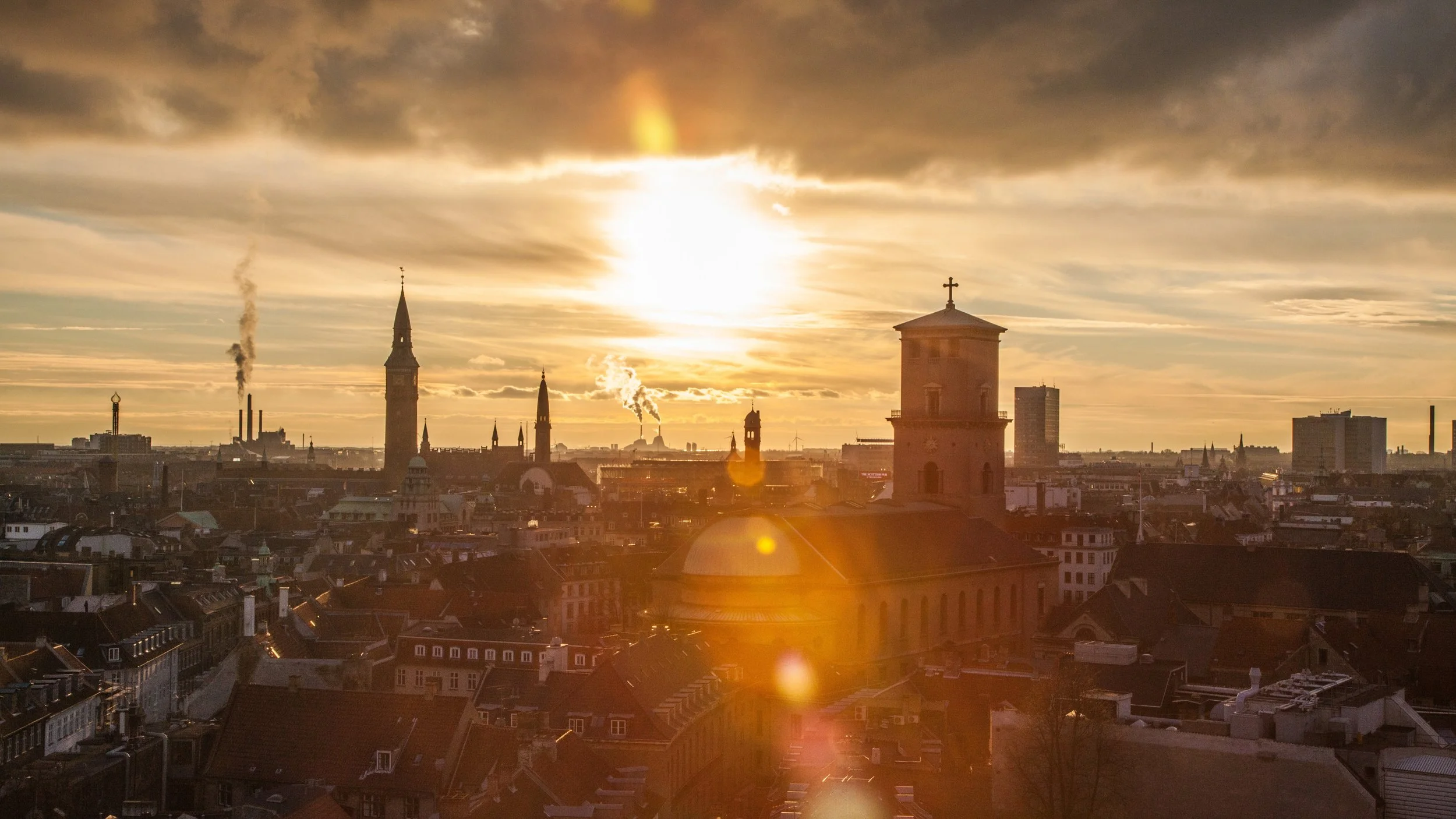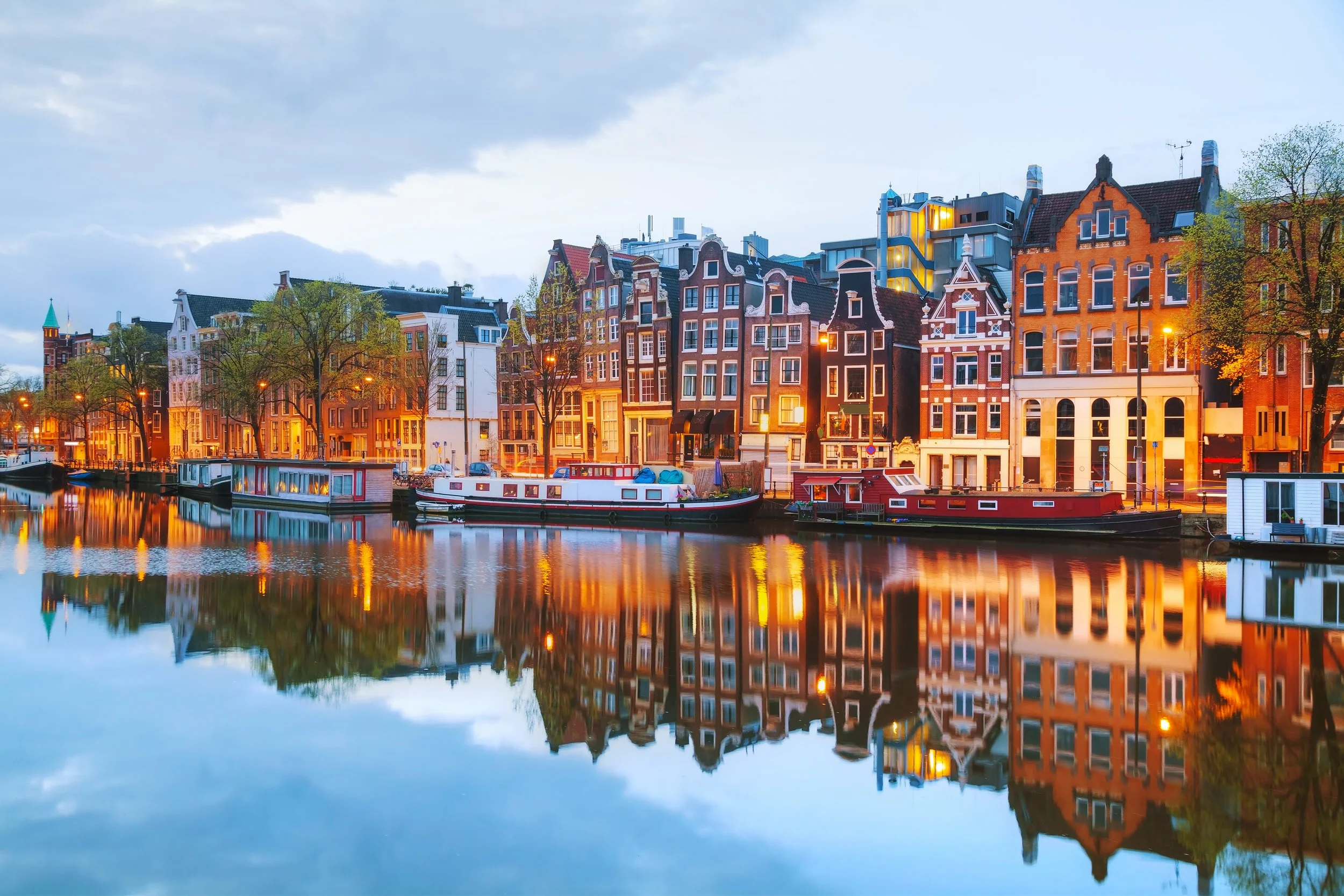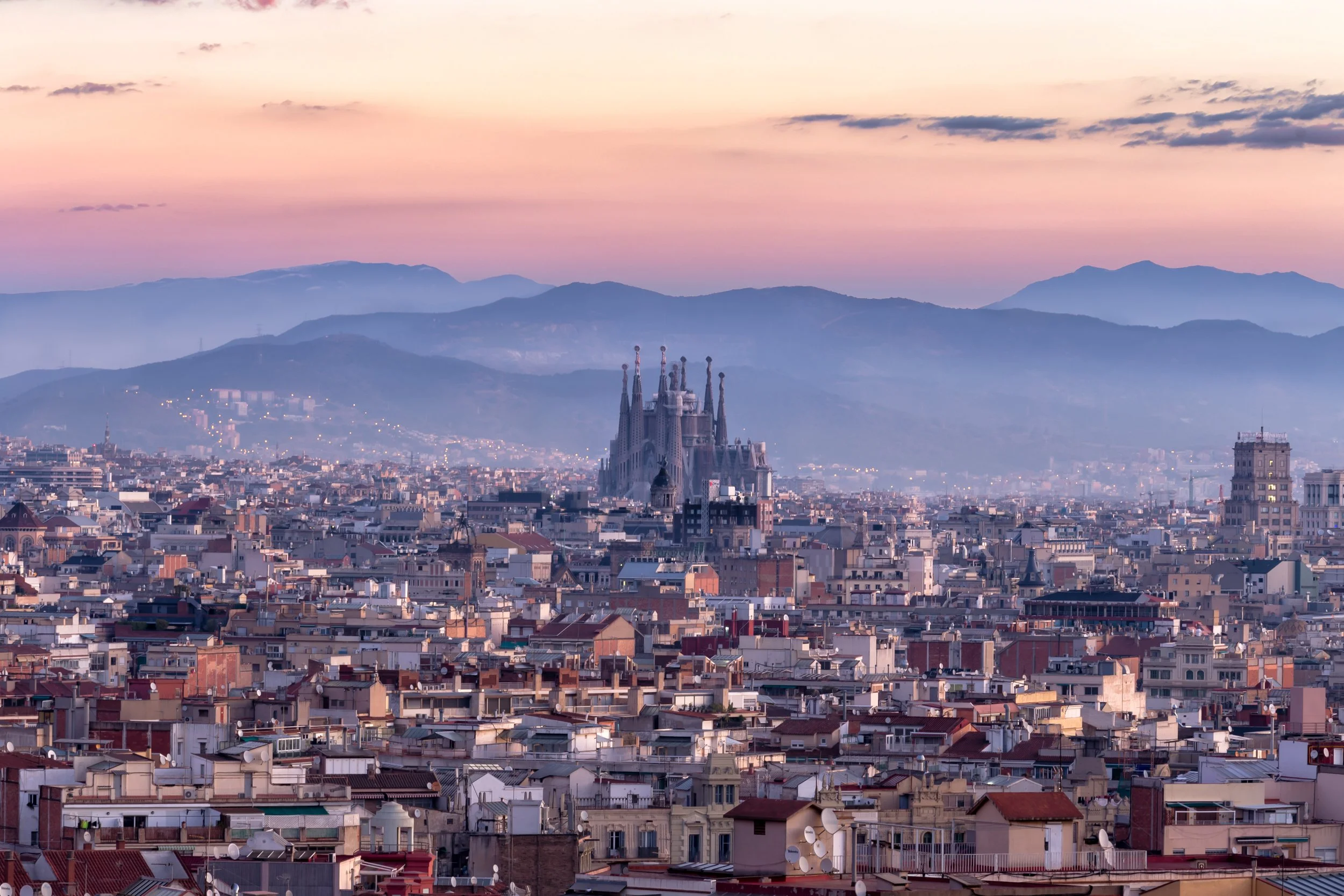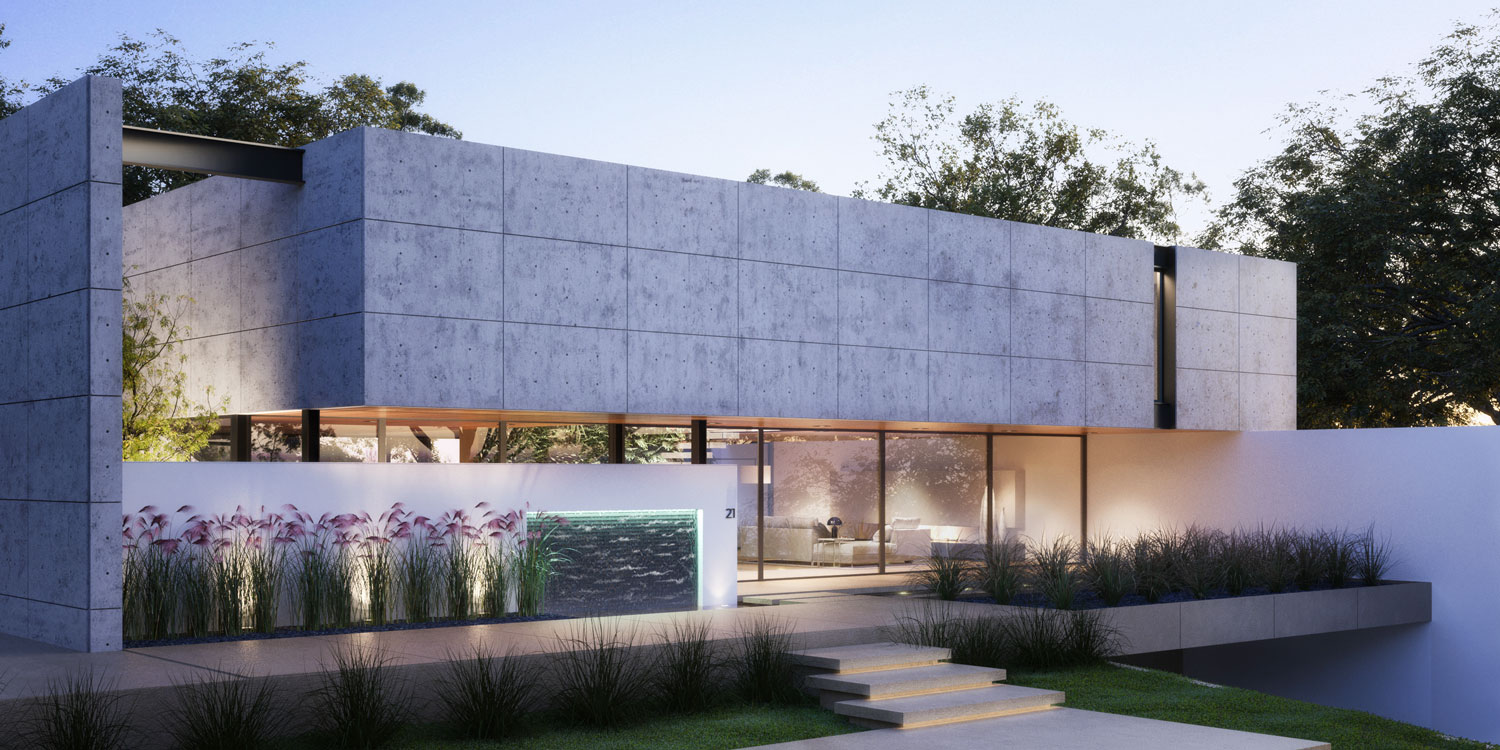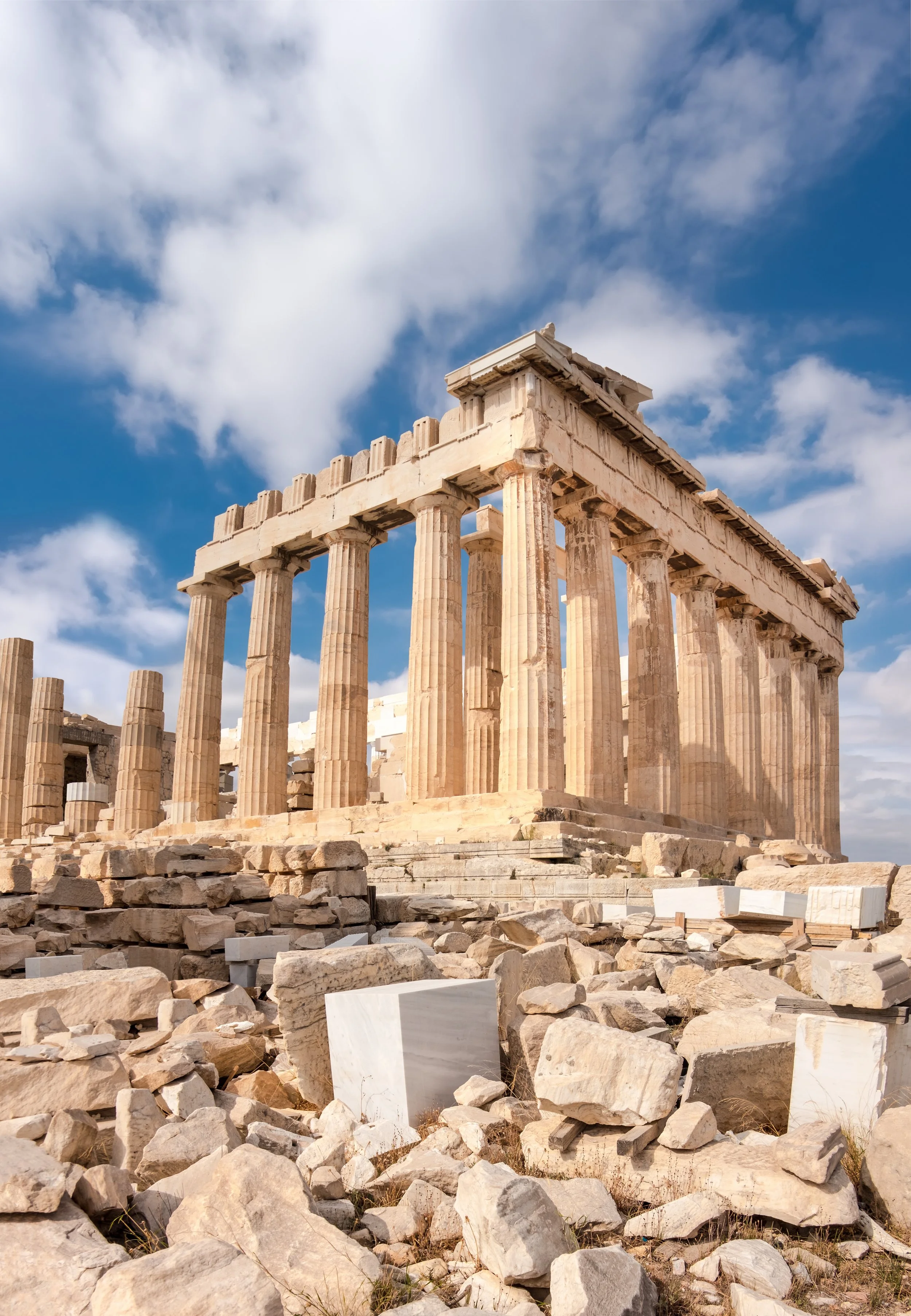Join Principal Architect, Mitchell Rocheleau, in this interview with Mark Lehner, Egyptologist and American Archaeologist with more than 30 years of experience excavating in Egypt and walking the Giza Plateau, and co-author of "Giza and the Pyramids" with Zahi Hawass. He is the director of Ancient Egypt Research Associates (AERA), an organization that focuses on training young Egyptian Archeologists in excavations and analysis of archeological sites addressing questions regarding the origin, nature, and development of the Egyptian state.
Read MoreJoin Mitchell Rocheleau, Principal Architect of ROST Architects, as he travels to Amsterdam Noord, Netherlands to explore the thriving community that has been created here, collective housing developments, and the emerging experimental architecture throughout the city. He discusses with Jelte Van Koperen, from CityLoop, the latest urban developments emerging, innovative experimental architecture and the community that has formed in Amsterdam Noord. They explore the area once known for its shipping industry, which now houses the NDSM Cultural Center and analyze the deep history that is present in the area. With the spirit of optimism, the willingness to experiment, to create something with the conditions that they had at hand - the Dutch were able to create environments that promote authentic expression.
Read MoreMitchell Rocheleau, Principal Architect of ROST Architects, meets with Charlie Duff, author of "The North Atlantic Cities" and developer and planner in the city of Baltimore, Maryland. They discuss Dutch history, from the communal efforts of seafaring and building canals, to creating robust cities in the "Golden Age". Through historical influence, they analyze how the Row House became a footprint for a healthy city, as well as the similarities between cities like London and Amsterdam and such as Boston and New York, in the United States. By analyzing the reasons cities were first created, we can better understand how to create cities and places for our future generations.
Read MoreJoin Mitchell Rocheleau, Principal Architect of ROST Architects, as he travels to Amsterdam, Netherlands to explore the city's urban environment and natural green spaces. He discusses with Esther Kreikamp, Architecture Historian from CityLoop, the way urban environments filled with more vegetation promote greater wellbeing and mental health in people. They tour the city, diving into the architectural details of the canals, as well as the new developments that are being implemented which help people thrive and live more authentic lives.
Read MorePrincipal Architect, Mitchell Rocheleau meets Islam Issa, an award-winning Egyptian-British author, broadcaster, and the new Professor of Public Humanities at Birmingham City University, to discuss the Ancient City of Alexandria. Learn about the thoughtful planning that went into the city, the Lighthouse, and Library of Alexandria as well as what values were prioritized in its creation by Alexander the Great. What can we learn about an ancient city to create thoughtful cities for today's world?
Read MoreExplore the fascinating origins of Egypt’s ancient civilization with Mitchell Rocheleau of ROST Architects, from the early settlers near the Nile to the awe-inspiring construction of the Great Pyramid. This video explores the pivotal role the Nile River played in shaping Egypt’s agriculture, culture, and monumental architecture. Discover the innovations behind the Pyramids, the role of the Giza Plateau, the workers’ village, and the mystery surrounding Khufu’s reign. Uncover recent discoveries and speculations that challenge our understanding of Egypt's greatest architectural marvel.
Read MoreWhat if our cities were designed to heal? How can we design cities that offer places of wellness and connectivity?
Mitchell Rocheleau, Principal Architect of ROST Architects travels to Amsterdam to explore how Restorative Urbanism, an approach that analyzes how urban design can support mental health, has the power to foster change in our cities and our interconnected lives. He touches on psychosocial health, the importance of walkable cities, our sensory perceptions in urban environments, as well as his personal experiences in cities.
Read MoreMitchell Rocheleau of ROST Architects explores the History behind The Stahl House: A Mid-Century Modern Icon of Los Angeles, also known as Case Study House #22. Intended to be a home for the Stahl Family, Architect Pierre Koenig was tasked with designing a house that could capture the views of the city and was a vision for what a post-war modern home could look like through the Case Study House Program. It is important to know that the Case Study House program was not the beginning of the mid century modern movement in Los Angeles nor did the program represent all of the key players in the architecture scene.
Read MoreThe city of Copenhagen embodies a distinct vision of urban life, and its inhabitants seem to thrive in this environment. It became clear after visiting the city that a high degree of thought and care had gone into its design, and there was a commitment to offer its people a high-quality lifestyle. I began searching for the formula for its success. Copenhagen seems to know something about how to live together and what life should look like in an urban environment that we may be overlooking in the U.S.
Read MoreJoin Principal Architect, Mitchell Rocheleau in this interview with Dr. Moudhy Al-Rashid, author of "Between Two Rivers: Ancient Mesopotamia and The Birth of History", Historian and honorary fellow at Wolfson College, University of Oxford. We discuss the importance of the creation of cities, early beginnings of Mesopotamia as a place and the incredible technologies from irrigation and writing systems that were essential to the environment. Watch to understand why studying ancient Mesopotamia is vital for our understanding of our present societies and how evolution of these creations has affected our current life and the ways in which we access basic needs.
Read MoreMitchell Rocheleau of ROST Architects dives into the fascinating story of Central Park's creation, from its inception as a public space for all New Yorkers to its role as a restorative haven and symbol of democratic ideals. Why is Central Park important for our generation to understand? Through collective self-awareness and community intention Central Park's design created an enduring legacy as a place for recreation, social interaction, and civic engagement. Through reconnection with the natural world and exposure to nature in an individual's life, New York was able to make a cultural statement for restorative public space within a city.
Read MoreThe High Line in New York City is an iconic example of urban revitalization, transforming an abandoned industrial rail line into a vibrant, landscaped public park. The High Line story is one of evolution, from its origins as a bustling freight rail line to its decline and eventual rebirth as a symbol of innovative landscape, urban design.
Read MoreMost of what makes Amsterdam attractive to travelers can be attributed to the Dutch society of the 17th century, which we call the Dutch Golden Age. It was the age of artists like Rembrandt and Vermeer. This society transformed a swampy bog into one of the world's most beloved and charming cities. The artists of the Dutch Golden Age painted unapologetically realistic scenes of everyday life in their cities. Many of these scenes portray people in their homes and towns, performing daily life's unspectacular, mundane tasks together.
Read MoreArchitect Mitchell Rocheleau discusses the importance behind Architecture History. Architecture can provide glimpses into human history, allowing us to understand the evolution and development of the human species. Learn the stories Architecture History tells us, from prehistoric structures to contemporary architecture, we can see what was important to humans at the time.
Read MoreArchitect Mitchell Rocheleau was invited by Josh Cooperman to speak on Convo by Design, a podcast that was created by Josh to “share stories behind design and amplify ideas that make better the way we live, work & play.” The conversation centered around ROST Architects intentions and approach to creating designs for the human experience. Listen to the episode or read the conversation to hear the ideas shared and explored during this thought-provoking conversation.
Read MoreAlexandria is often overlooked when in comparison with ancient Athens or Rome. However, this city does deserve some further investigation due to its interesting philosophies, ideas, and concepts that it was conceived upon, primarily those of Alexander the Great, and how he conceived the city, how he founded it, and how he began to lay out the preliminary planning of the city.
Read MoreRecent restoration and analysis of the Parthenon, in tandem with other discoveries, have uncovered a wealth of new information regarding this iconic architectural masterpiece. Much of this information challenges and presents new perspectives about the conventional understanding of the structure.
Read MoreArchitect Mitchell Rocheleau travels to England and France to explore Gothic Cathedrals and uncover the ideas and concepts that led to their creation. The ideas of light, luminosity, and transparency created an innovative form of architecture that has attracted people worldwide. Learn about the origins and history of these stunning works of architecture.
Read MorePrincipal and Architect of ROST Architects, Mitchell Rocheleau, meets with Mike Parker Pearson. Mike is an English archeologist specializing in the study of Neolithic Britain, most notably Stonehenge. He was the director at the Stonehenge Riverside Project and the author of several books, including Stonehenge - A New Understanding.
Read MoreArchitect Mitchell Rocheleau travels to the Roman Baths in Bath, England, to uncover the stories about the people who engineered, built, and used this stunning Roman bathing complex. High-quality on-site footage and detailed expert interviews reveal captivating insights into this ancient site. This in-depth documentary will give viewers a genuine appreciation and understanding of this architectural marvel.
Read More